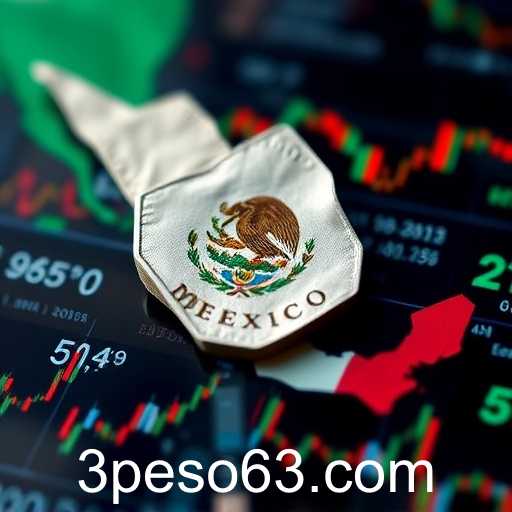Amidst global economic uncertainty, we explore how currency fluctuations, especially of the Mexican Peso, are shaping international markets and future predictions.
In recent years, the global economic landscape has been continually reshaped by an array of factors, including geopolitical tensions, shifting trade policies, and the ongoing technological revolution. Among these ever-evolving dynamics, the Forex market has seen notable volatility, with currencies like the Mexican Peso at the forefront of these fluctuations. As economies worldwide adjust to both predictable and unpredictable variables, analyzing the current trends affecting the Peso offers invaluable insights into broader financial movements.
The Mexican Peso, often seen as a barometer for emerging market sentiment, has become increasingly reactive to international events. One driving force behind recent fluctuations has been the changing policies of major economies, particularly the United States. Given the strong trade ties between Mexico and the U.S., any shifts in tariffs, agreements, or economic policies in the United States have direct impacts on the level of confidence investors place in the Mexican market.
Compounding these economic adjustments, the rise of digital currencies and technological advancements in financial services continue to influence traditional currency markets. The increasing interest in digital assets is drawing some investors away from traditional currencies, which can lead to additional volatility in lesser-used national currencies like the Peso. Fintech innovations and decentralized finance (DeFi) platforms are not just reshaping how transactions are conducted, but also the entire framing of financial and economic discussions on a global scale.
Experts anticipate that as we move forward into the mid-2020s, these shifts will likely intensify. Countries are racing to adapt to both the challenges and opportunities presented by rapid technological advancements. Moreover, developing economies such as Mexico face the dual task of capitalizing on growth while managing inherent vulnerabilities that come with increased integration into the global marketplace.
Looking ahead, policymakers remain crucial players in mitigating economic risks. Their decisions in crafting sustainable economic policies, improving infrastructure, and fostering more resilient economic frameworks can significantly alter the trajectory for currencies like the Peso. Additionally, fostering strong bilateral and multilateral partnerships and agreements will be essential for stability and growth.
In this complex web of financial, technological, and policy-driven influences, currencies like the Mexican Peso and their movements provide a fascinating snapshot of broader economic dynamics. As investors and policymakers watch these trends, understanding the stories behind the numbers becomes not just a matter of academic interest, but a key factor in shaping future economic strategies.




